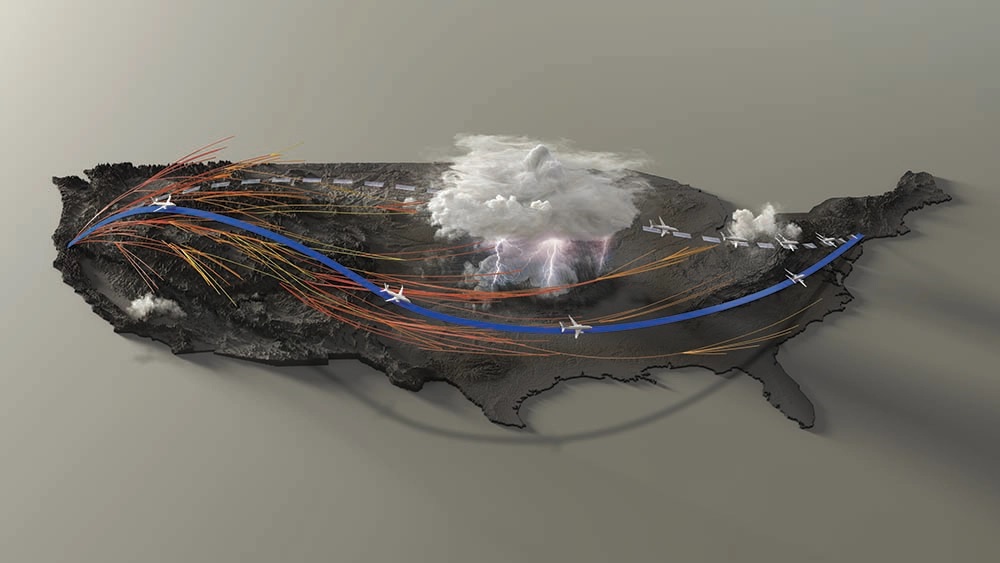As artificial intelligence improves with each passing year, it is increasingly finding its way into areas that were once the sole province of human effort, including to help airlines improve their flight planning capabilities. Next-generation artificial intelligence-laden software is now being used by at least one airline to help redraw routes flown between cities, for example.
Reducing Flight Congestion
In the United States, “traffic jams in the sky” are sometimes an occurrence, especially when the weather turns nasty or in especially crowded air corridors into and out of large urban areas, such as New York City and much the rest of the Northeast. The departure delays or rerouting of incoming flights when that air corridor becomes too crowded can be quite long, unfortunately. However, next-generation software powered by artificial intelligence (AI) can redraw the routes airliners fly between airports and help avoid those airborne traffic jams.
Human vs. Computer
In almost all cases, an airline’s many different flight routes are drawn up by human flight dispatchers, who devise those routes without the aid of sophisticated software. Unfortunately, humans unaided by AI-driven route planning software are often unable to draw routes flexible enough to account for surprise delays, such as when a line of thunderstorms appears along a planned route, and airliners are forced to fly around them. AI is able to suggest flight routes to dispatchers, however, and present the ones that best account for real-time weather as well as the routes that are currently hosting the lowest level of flight traffic.
Airline Cost Savings
A route that gets a commercial airliner to its destination on time helps to save money, because less fuel is burned, passengers don’t miss connecting flights, and their luggage also has an improved chance of making it to those connecting flights as well. All of these positive factors can add up to millions saved by a commercial airline. It therefore makes sense to look at flight planning software to help dispatchers map out the most fuel-efficient, time-saving, and money saving routes possible. 
